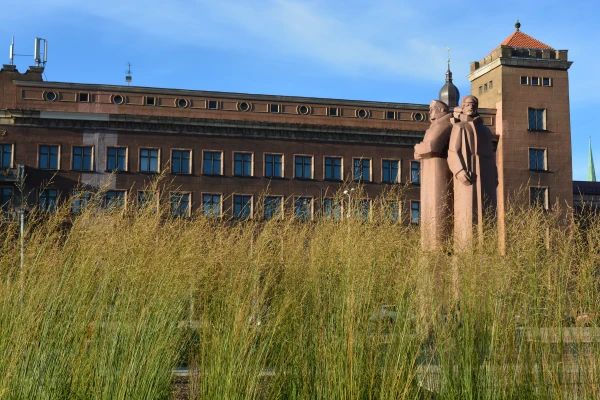
In the empty wide corridor with doors wide open, I hear music from afar. I approach closer — and in the spacious auditorium, voices and sounds are distinctly heard, indicating physical labor. And it smells of fresh paint! What kind of miracles are these?
It turns out that nano-repairs are being carried out in the abandoned building of RTU for the filming of a foreign movie. Over the course of a year, the state-owned company Rīgas nami earns 35,000 euros from this, while spending 47,000 on heating and security for the building at Kalku Street 1, which has one wing facing the November 11th embankment.
Prohibited for Use
This is how the "river" facade of the building, which has been an integral part of the image of Old Riga since 1959, has led to the house, with a total area of 10,669 sq. m on a plot of 3,111 sq. m, being declared unfit for use. Deformations, ground subsidence, cracks in the walls…
Damaged load-bearing structures are defined by the boundary inside the building of the Riga Technical University — prohibitive tapes are stretched across the corridor. Your author once studied at the Faculty of Engineering Economics just around the corner, where the rectorate also had a view of the Daugava. The building is recognized as an "iconic and characteristic structure of the 'socialist realism' style of the Stalin era," although it was built during the "thaw" period.
As the head of the relevant department, Vladimir Ozolins, told the members of the Riga City Council's Committee on Municipal Property, after the former Polytechnic Institute building lost its last function as a reception center for Ukrainian refugees — now there are only 3 antennas of mobile operators left.
Once upon a time, medieval houses stood on this site — dictator Ulmanis ordered the demolition of the signs of German Riga to free up space for a complex of administrative buildings. However, since then, the fragmentation of land plots has remained — the former RTU is located on 7 cadastral numbers, 2 of which belong to private individuals. The Department of Municipal Property has begun the process of consolidation — it is estimated that creating a functional land plot will take 1.5 years and 306,000 euros. But this is based on 2022 prices; now it may be more expensive. The value of the building itself is set at 5,586,000 euros.
According to V. Ozolins, the cost of reconstruction is estimated at 3,000 euros per square meter.
– An architectural complex is needed, a planning document. One should not dream of a hotel right away.
From January 1, 2026, there will be an opportunity to lease the building for up to 70 years. The Riga municipality needs office space for 2,200 people, and 500 can be accommodated here, along with resolving the issue of an underground parking lot. The city hall will become a "anchor tenant." An example of such reconstruction under public-private partnership is the Agenskalns market, "we like the result."
When the Owners Left
Together with a delegation from the City Council Committee, I enter the building, which has been opened specifically for guests. The deputies are accompanied by business representatives, including the famous business consultant Girts Rungainis. We briefly discussed — he is in favor of reconstruction for the needs of the city hall.
In the former building, nothing now indicates its past educational purpose. Only a lonely sign of the RTU trade union lies around. A magnificent staircase, there are 7 floors here (the most in the tower), an attic, and a basement. In the latter is one of the best-preserved bomb shelters in Vec Riga. Also in the basement is a working boiler. Nearby lies visual propaganda from the Ukrainian center — inscriptions like "Вхiд"...
The former student cafeteria with square columns. A pompous assembly hall with classical windows, overlooking the Shooting Square. Various mass gatherings took place here in the late 1980s; I remember that Moscow writers from the "April" club visited. Today, the parquet is partially uncovered. But the stylish chandeliers are in all their glory.
The Price of the Issue — 45 Million Euros
This figure for reconstruction was announced by the chairman of the Latvian Association of Real Estate Transactions (LANĪDA), Aigars Šmits. He has "mixed feelings about this building." The cost per square meter mentioned by Mr. Ozolins seems "too optimistic." Rather, one should speak of 4,500 euros, as that is approximately what the reconstruction of the former light industry technical school at 13 Briana Street cost taxpayers, where the creative space Riga Marketspace was opened.
By the way, 10 years ago, with the participation of then Minister of Culture Dace Melbarde, serious discussions were held about transforming the RTU building into a Museum of Contemporary Art. At that time, a board member of the Society of Homeless Artists, Katrīna Leishkalne, estimated the possible cost of the work at 20-30 million euros.
– I assume that we will preserve part of the facade, and inside there will be modern functional solutions, continued A. Šmits. – But let’s not be naive; private individuals carefully analyze their expenses. To recoup investments, rent must be 300 euros per square meter.
"We need to think, do we really need these 1950s?," A. Šmits rhetorically asked. – There is absolutely no mathematical basis for building a hotel. It’s a crazy risk to run a business in a building that cannot be used. A fantastic "green corridor" will need to be provided for the fool who will do it.
In the expert's opinion, "there is no need to waste time" to understand that such a business plan is unrealistic. Moreover, considering the occupancy of hotels in Riga. Therefore, as the representative of the real estate profession expressed, "a place without a building is better than with one"...
Who Built This
The building represents a peculiar echo of the Soviet grand style — and pre-war Latvian functionalism, thanks to its author Osvalds Tilmanis (1900-1980). A participant in the war for Latvia's independence and a student of the famous architect Eizens Laube, he designed one of the first block houses of pre-war Riga at 15 Jāņa Asara Street by the age of 30.
O. Tilmanis also designed the Riga crematorium, built in 1938 but only put into operation in 1995. After the war with the Nazis, the architect created the ensemble in the current Town Hall Square, restored the center of Jelgava, and co-authored the high-rise building of the Academy of Sciences (1950-1957).


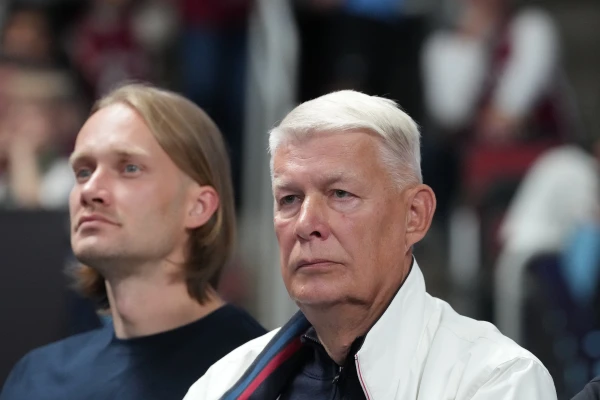
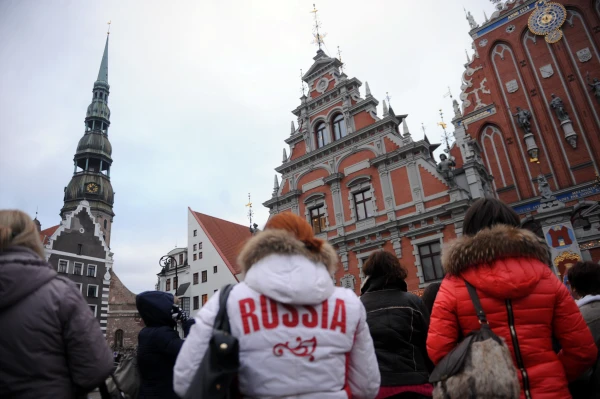
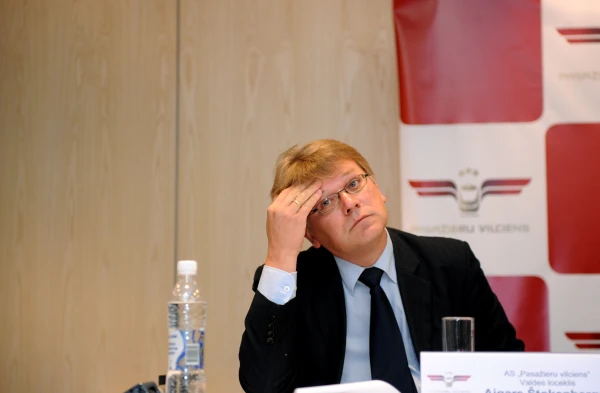
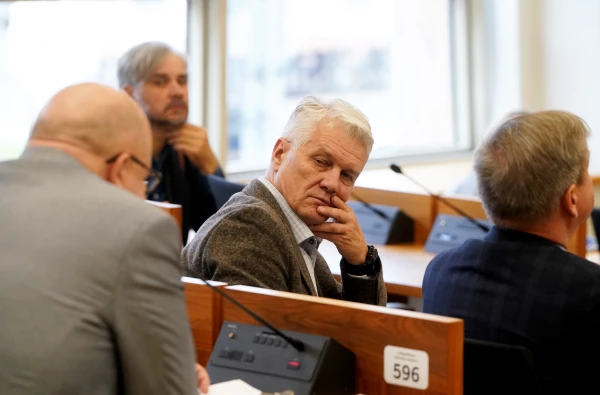

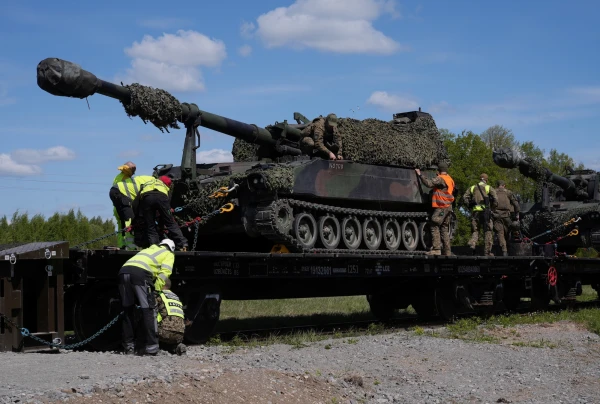

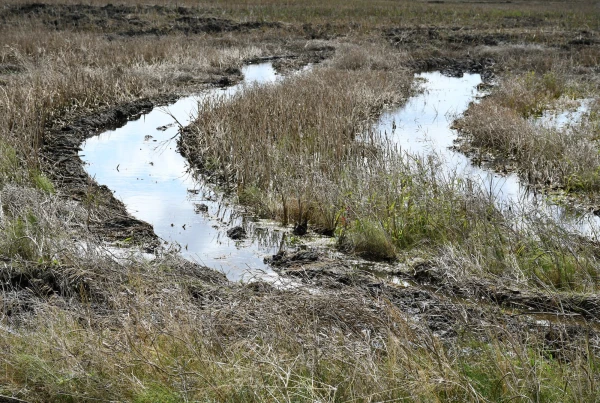
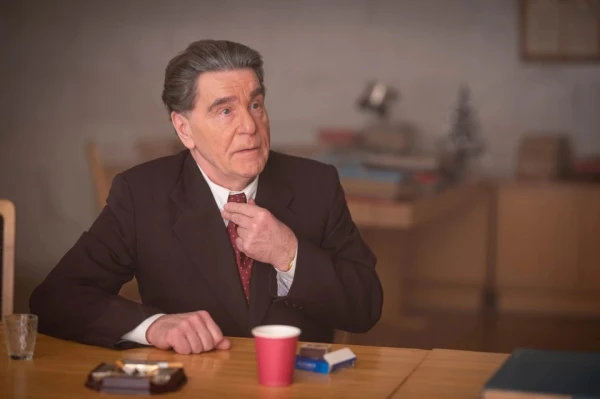
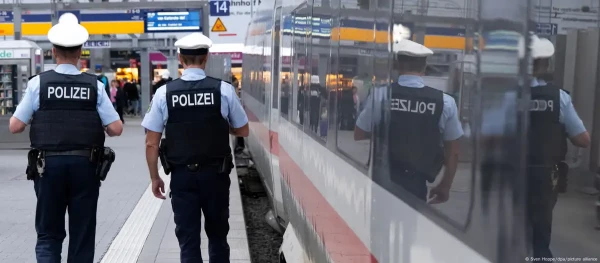
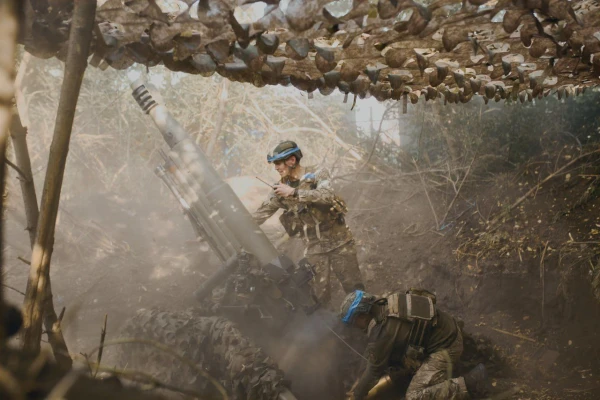

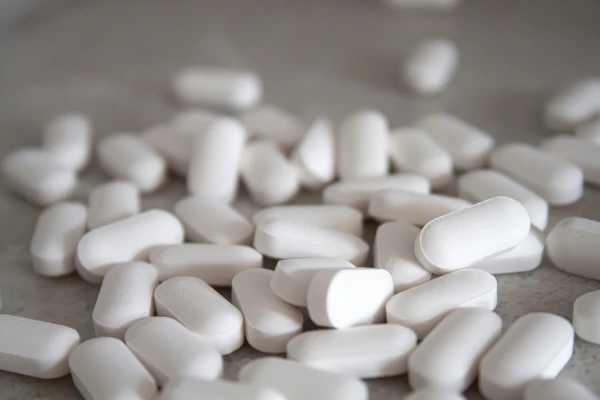
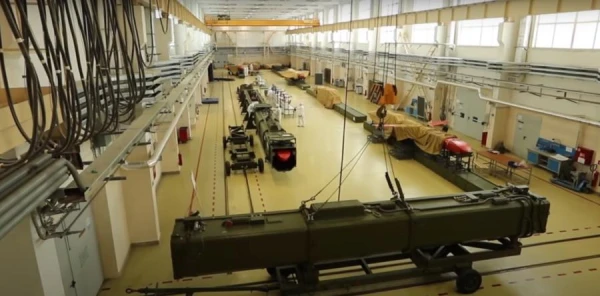
Leave a comment